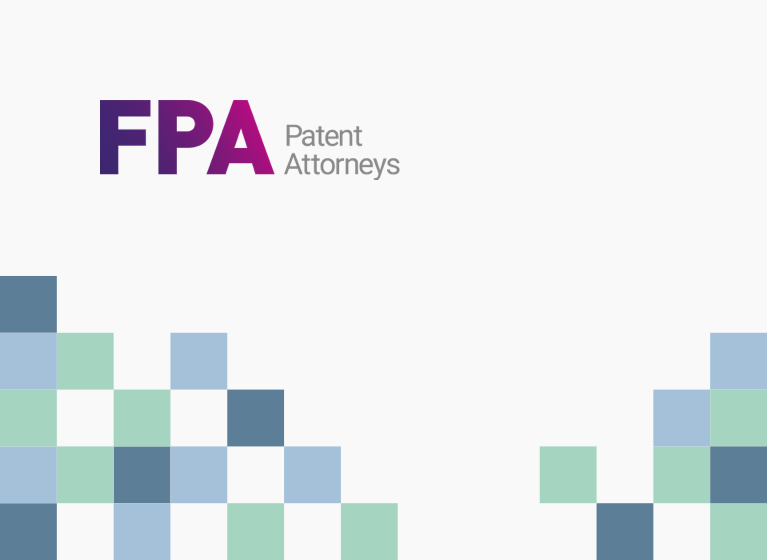- The High Court of Australia has unanimously overturned previous decisions from lower courts and has held that certain claims to Myriad’s patent for isolated BRCA1 nucleic acid molecules are not patentable in Australia;
- The decision mirrors a decision in 2013 by the US Supreme Court which held that Myriad’s claims to the isolated BRCA1 gene is not patentable;
- The impact of the decision on the biotechnology industry remains to be determined.
The highly-anticipated decision of the High Court of Australia in relation to whether claims to the isolated BRCA1 gene constitute a manner of manufacture (i.e. patentable subject matter) under Australian law was handed down today1. A unanimous decision from the seven-member bench of the High Court held that an appeal by Yvonne D’Arcy to an earlier decision from the Full Court of the Federal Court of Australia2 should be allowed and that claims 1, 2 and 3 of Myriad’s patent AU 686004 should be revoked.
The patent at issue is directed to mutations in the breast cancer gene BRCA1, associated with an increased risk of breast cancer. The patent also relates to diagnostic methods for detecting breast cancer, based on the presence of a mutated BRCA1 gene. The appeal, however, related only to claims 1 to 3 of the patent, each of which was directed to an ‘isolated nucleic acid’.
In responding to the appeal, counsel for Myriad relied heavily on well accepted principles of patentable subject matter, as established by the High Court in NRDC3. In particular, it was argued by Myriad that the relevant isolated nucleic acid molecules should be patentable because they are ‘an artificially created state of affairs’ by virtue of the fact that ‘the isolated nucleic acid claimed by the Patent is “chemically cleaved” from the surrounding components of the cell, including other genome sequences’4. The High Court, however, in arriving at its decision, looked not only at the form of the claims but at their substance and breadth. The substance of the invention was determined to be the sequence of nucleotides which, in a cellular environment, can ultimately be translated into the BRCA1 polypeptide which the Court concluded ‘can properly be described as ‘information’’. Used in that sense, ‘…the information stored in the sequence of nucleotides coding for the mutated or polymorphic BRCA1 polypeptide is the same information as contained in the DNA of the person from which the nucleic acid was isolated’.5
The Court was also concerned with the scope of the claims including ‘… the very large, indeed unquantified size of the relevant class of isolated nucleic acids, all of which bear the requisite information, raises the risk of a chilling effect upon legitimate innovative activity outside the formal boundaries of the monopoly…’.6
Although clearly obiter as the method of diagnosis claims were not at issue, the Court appears cognisant not to stray into Mayo v Prometheus7 territory by commenting that “[i]t is not disputed that a process or method of detecting the increased likelihood of certain kinds of malignancy…..may be patentable subject matter as a process.”8
The Court’s decision may have broad implications for the biotechnology industry, although this remains to be seen.
We will provide our more detailed analysis of the decision shortly.
1 D’Arcy v Myriad Genetics Inc [2015] HCA 35
2 D’Arcy v Myriad Genetics Inc [2014] FCAFC 115
3 National Research Development Corporation v Commissioner of Patents [1959] HCA 67 (“NRDC”)
4 Written submissions of First Respondent (Myriad Genetics Inc) at 48
5 D’Arcy v Myriad Genetics Inc [2015] HCA 35 at 89
6 D’Arcy v Myriad Genetics Inc [2015] HCA 35 at 93
7 Mayo v. Prometheus, 566 U.S. Supreme Court (2012)
8. D’Arcy v Myriad Genetics Inc [2015] HCA 35 at 168






